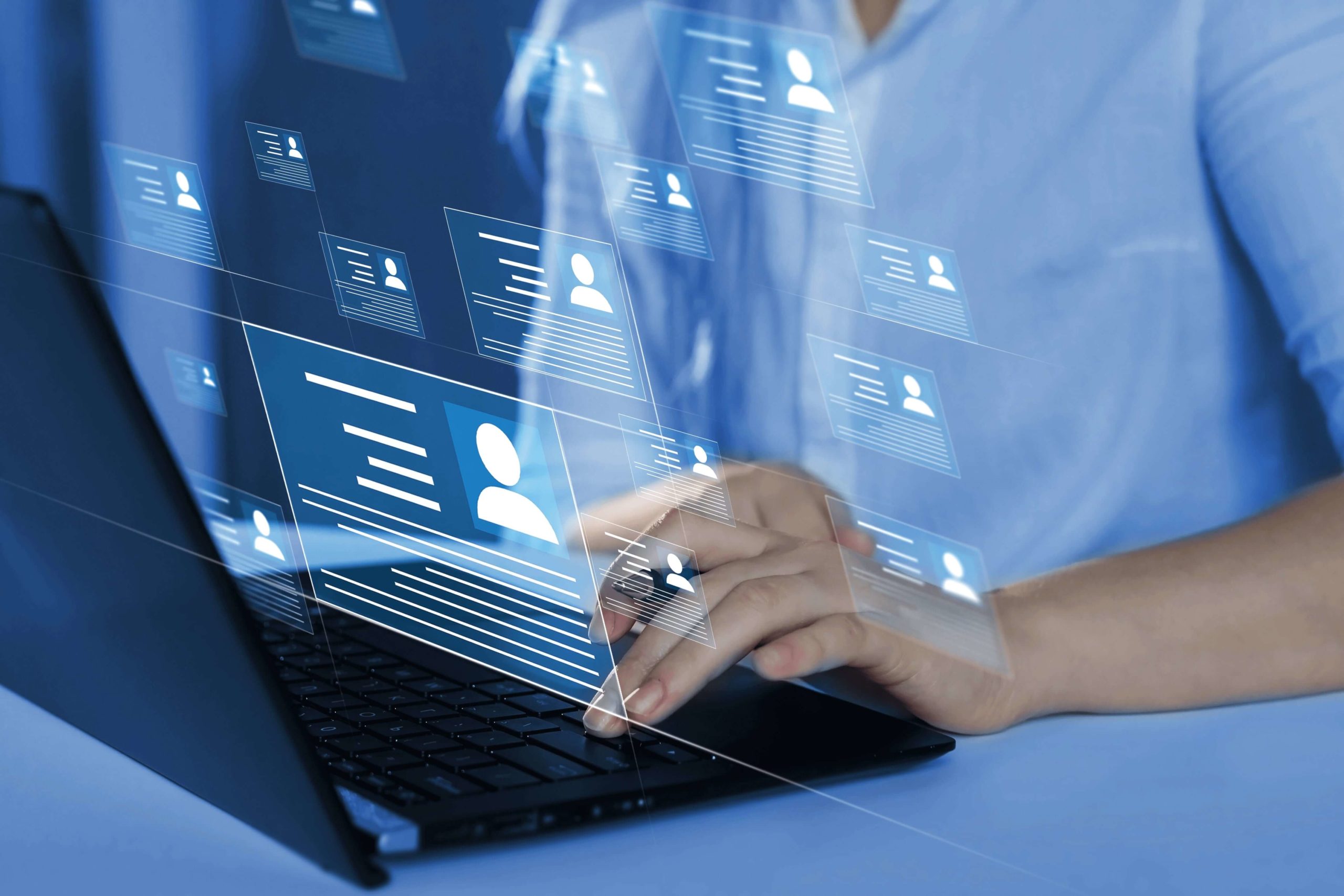Disasters have different effects on our business, all of them unpleasant. We can avoid many of these disasters by setting up cybersecurity protocols to protect sensitive data. We can think of a data recovery strategy to help prevent these disasters from happening. Many threats avoid the tightest defences, leaving your system in complete chaos. With these breaches, you need a plan for recovering data that will keep your business running even if something unexpected happens.
Types of Disasters to Look Out For With Your Data Recovery Strategy
There are many types of disasters that can befall a business. The first type that comes to mind is the online attacks that lead to data breaches, hacking, and data theft if you don’t have a recovery strategy in place. Indeed, cybercrime is among the leading causes of data loss and damage these days. But there are also plenty of other dangers that you should be able to recover from.
Building Disasters
Natural disasters or man-made disruptions in the physical location of your business can cause a lot of damage and must be planned for. If you experience a fire or the power goes out, a bucket of water or generators might not be enough to save your business. You will also need a good data recovery strategy that you can rely on.
Communication Failure
Digital and non-digital disasters can also cause a failure in communication. Hacking and data breaches, for instance, can hinder inter-departmental communication. Natural disasters can also cut off communication channels, but differently.
Application Failure
Hardware and software that haven’t been updated regularly can cause systems to crash, which can cause data loss or damage if we have no recovery strategy for our data. You can protect your business from these things by ensuring your equipment and all apps are always up to date.
Datacenter Disasters
Malware attacks are the most common cause of data centre disasters. Viruses, phishing software, and similar tools can directly target your company’s data for theft or use them to make ransom demands.
City and Regional Disasters
These are more widespread disasters that affect the entire city or state. It can be harder to stop these disasters because they are often out of people’s control. Typhoons, floods, earthquakes, and other similar natural disasters are examples of this type.
National and Worldwide Disasters
These disasters happen on an even bigger scale. They can be physical or digital and can quickly spread to many places. The recent pandemic is an example of a disaster that was so bad that it stopped all businesses globally. Similarly, many types of data attacks also target victims on a global level. That is why we should always have a data recovery strategy in place when this type of disaster happens.
Critical Elements of an Efficient and Reliable Data Recovery Strategy Solution
Now that you know what you are up against, you can plan a data recovery strategy that will work best for your business. When making a strategy, prioritize which parts of your business must be recovered first.
Each business is unique and has its own specific needs and priorities. To understand the best data recovery strategy for your business, you need to know about your resources, finances, risks, insurance, supply chain, and compliance needs.
The Crucial Role of Dependable Backup In Data Recovery Strategy
When coming up with a data recovery strategy, you should always have a copy of all your data for when something goes wrong. You can store your backup in the same place as your business, which sometimes works and is usually the easiest option. But usually, cloud-based data backup is much more reliable, especially in natural disasters that could destroy your physical data storage.
Final Thoughts
Preparing a data recovery strategy for your business is not something you should take lightly, as you can see. It will take a lot of careful thought, time, and, ideally, the expertise of cybersecurity experts.
One step you can take is to watch our on-demand cybersecurity webinar. You’ll feel safer knowing your credentials are not for sale by hackers!
You know your business best, so you are in a great position to make a strategic plan for data recovery. But if you would like to take advantage of our team’s expertise and experience in data recovery, we are more than happy to help! Call us anytime, and we will prepare your business for any disaster.



